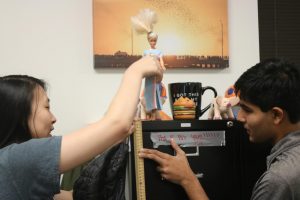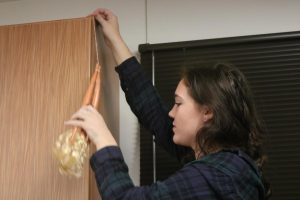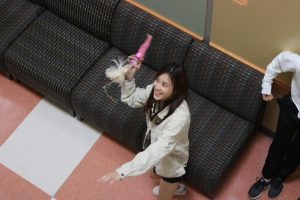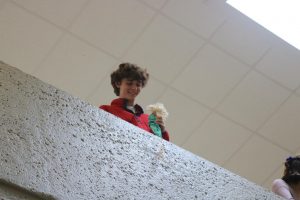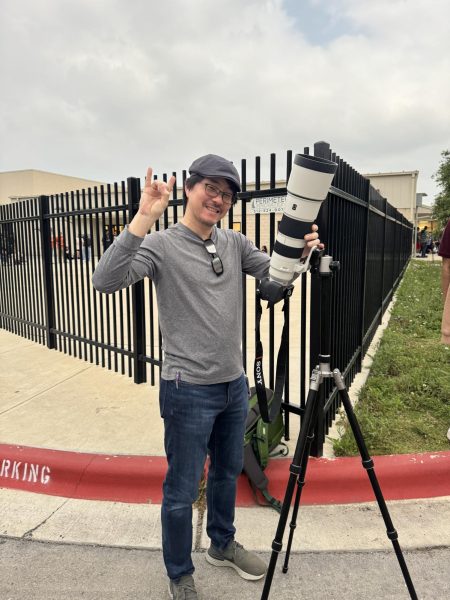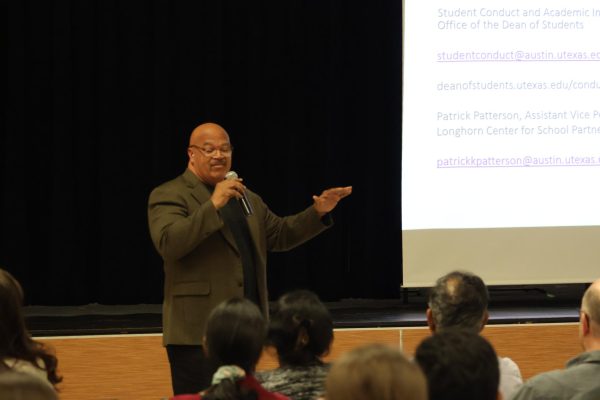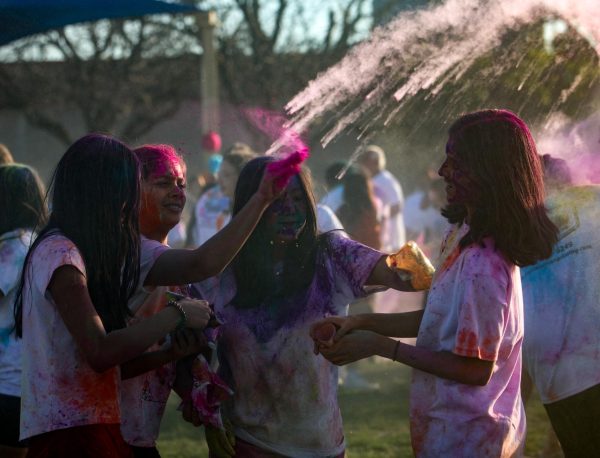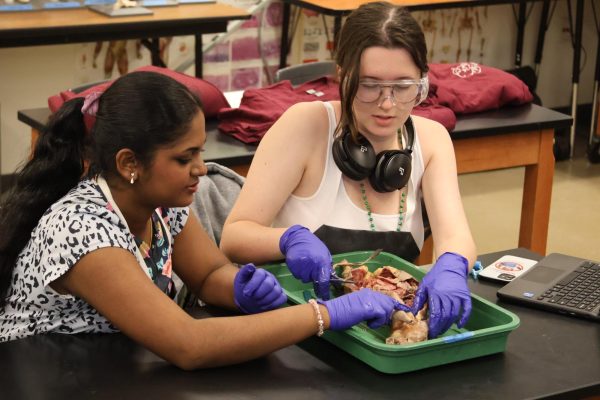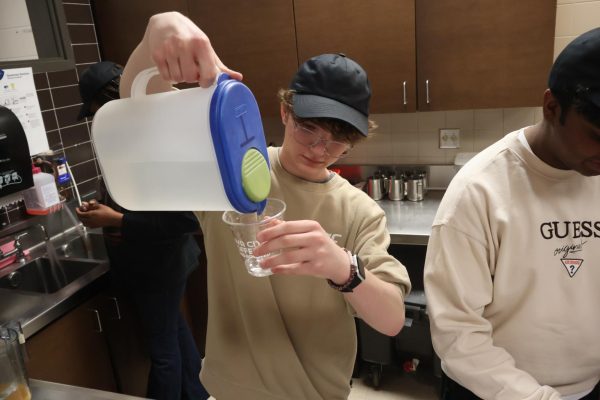Statistics Students Collaborate in Barbie Bungee Lab
The AP Statistics class swung Barbie dolls off the edge of the hallway bridge outside the Language hall on Thursday, Oct. 17. This experiment introduced the students into the linear regression unit by comparing equations to real-life problems. Students attached multiple rubber bands to a barbie doll in efforts to replicate a real-life bungee stunt. They then created a scatter plot to determine the correlation coefficients along with forming a prediction.
“The whole point of this is to try to get an estimate of the amount of rubber bands it would take to bungee barbie as close to the ground as possible without killing her,” Mr. Brian Youn said.
Together, each small group formed varied predictions on how many rubber bands it would take to reach the floor without touching it. They later tested these predictions to see how successful they were.
“I definitely love it because it’s a hand-on experiment so it kind of gives us somewhat of a realistic [aspect],” Mia Kuge ‘20 said. “It’s not your everyday thing. It gives us information about statistics while making it interesting. It actually wasn’t hard finding the estimation of how many rubber bands to use.”
The students thought this was a great way to extend the unit and obtain a grasp of what statistics is really about. The whole class was engaged as this experiment allowed them to see a physical representation of their work.
“I think it’s fun,” Vicente Ochoa ‘20 said. “It really shows what we’ve been learning and it makes it easier to understand what it really means.”

Hey! I am in the class of ‘22 here at Westwood. Outside the press room you can find me hours deep in a book or playing Minecraft. I am the definition...






